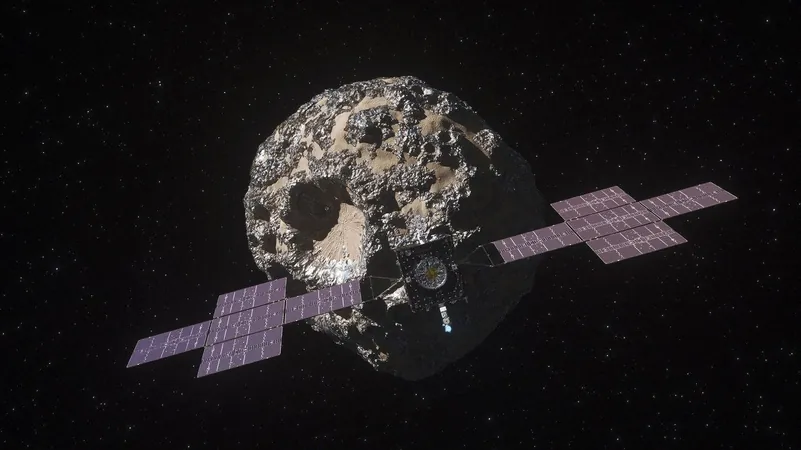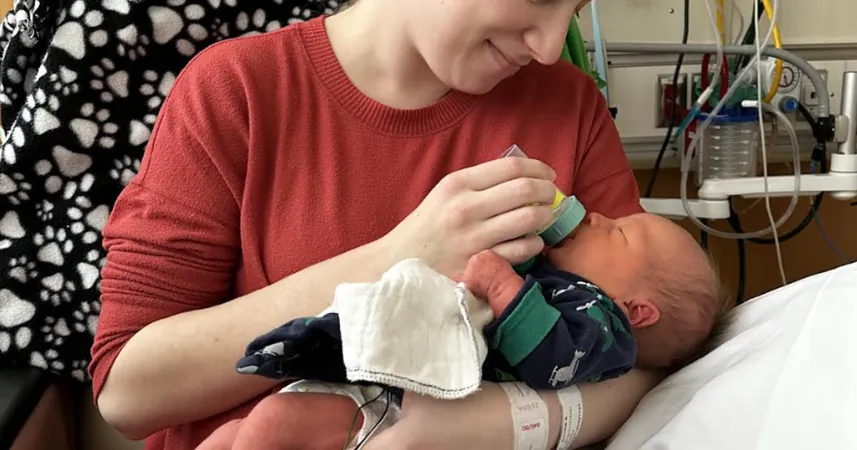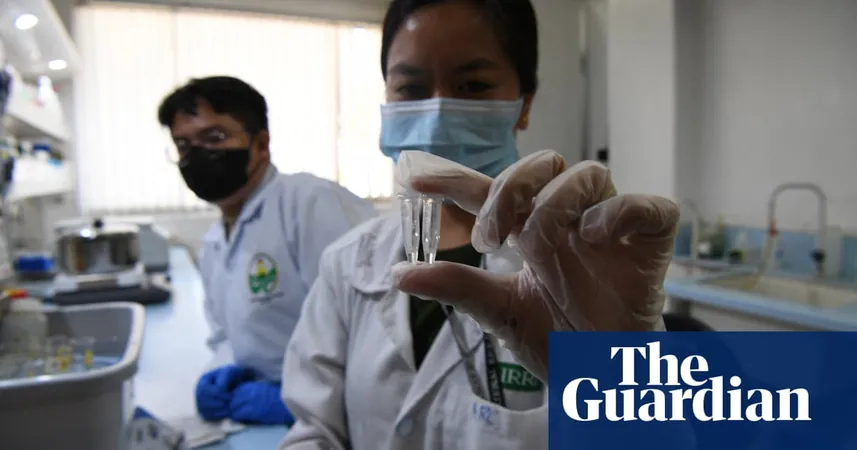
Is Earth on a Collision Course with Catastrophe? Experts Weigh In on Asteroid Threats
2024-10-03
The Asteroid Risk: City-Killers vs. Planet-Killers
The conversation begins with a chilling fact: while we have identified the larger asteroids capable of causing worldwide extinction, the real threat may lie within the smaller asteroids—those that could devastate entire cities. Andrews explains that there are approximately 25,000 near-Earth asteroids, many of which remain undetected. These "city-killers" can be tens to hundreds of meters wide, posing a significant threat to urban centers if they were to collide with Earth.
Recent assessments suggest that while planet-killers are not an imminent threat, the potential for a city-killer asteroid to strike earth during a human lifetime remains a possibility—estimated at about 1 in 200 for anyone living to 100 years old.
Advances in Planetary Defense
One of the remarkable technological advancements in asteroid defense was NASA's Double Asteroid Redirection Test (DART) mission, which successfully altered the orbit of a small asteroid by crashing a spacecraft into it at incredible speeds. This ambitious operation not only proved that asteroids can be deflected but also showcased the complexity of planetary defense strategies, requiring precision and advanced knowledge of asteroid compositions.
The Call for Global Cooperation
Andrews emphasizes that the DART mission marked a significant milestone in our journey toward planetary defense but advocates for a unified global effort. "It’s not merely about scientific endeavor; it involves international collaboration and funding to ensure Earth's safety," he states. Other nations are looking to follow suit, with China announcing intentions to develop its own asteroid deflection methods.
Looking Ahead: Future Innovations
As we gaze forward, NASA's Near-Earth Object Surveyor telescope is set to launch by late 2027 with cutting-edge infrared imaging technology that could revolutionize our ability to detect asteroids—even those hidden in the sun's glare. Andrews explains how this technology will enhance our capability to spot and track asteroids, identifying threats that ground-based telescopes might miss.
In preparation for potential threats, researchers are even exploring the use of nuclear devices in very specific scenarios, given that they deliver significant energy in a shorter time frame than other methods, which could be crucial if a large asteroid were on a collision course with Earth.
The Private Sector's Role in Space Exploration
However, the increasingly crowded skies from private satellite launches, such as those from Elon Musk’s Starlink program, present new challenges. Andrews notes that the reflective surfaces of these satellites interfere with ground-based telescopes, potentially hampering efforts to identify hazardous asteroids. He argues that it is imperative for companies to consider the implications of their launches and develop technology that minimizes light reflection to preserve astronomical observation.
The Bigger Picture: More Threats Than Just Asteroids
While asteroids receive significant attention, Andrews reassures that scientists are not as concerned about comets—a category of celestial bodies that are often more distant and less frequent in their approach to Earth. Nonetheless, he warns that should a comet be found on a collision course, humanity currently lacks the means to address it.
The Urgency for Action
As Earth continues to orbit the sun, the threat posed by space hazards remains a pressing concern. Andrews is cautiously optimistic about recent advancements in planetary defense strategies but acknowledges the importance of vigilance. "The race is on to identify and mitigate potential threats before they're upon us—and that's a race we cannot afford to lose," he cautions.
In conclusion, humanity stands on the brink of potential disaster, but through scientific innovation and international collaboration, the dream of safeguarding our planet from asteroids may soon become a reality. As Andrews poignantly puts it, "If we act decisively now, we might stop history from repeating itself."





 Brasil (PT)
Brasil (PT)
 Canada (EN)
Canada (EN)
 Chile (ES)
Chile (ES)
 España (ES)
España (ES)
 France (FR)
France (FR)
 Hong Kong (EN)
Hong Kong (EN)
 Italia (IT)
Italia (IT)
 日本 (JA)
日本 (JA)
 Magyarország (HU)
Magyarország (HU)
 Norge (NO)
Norge (NO)
 Polska (PL)
Polska (PL)
 Schweiz (DE)
Schweiz (DE)
 Singapore (EN)
Singapore (EN)
 Sverige (SV)
Sverige (SV)
 Suomi (FI)
Suomi (FI)
 Türkiye (TR)
Türkiye (TR)